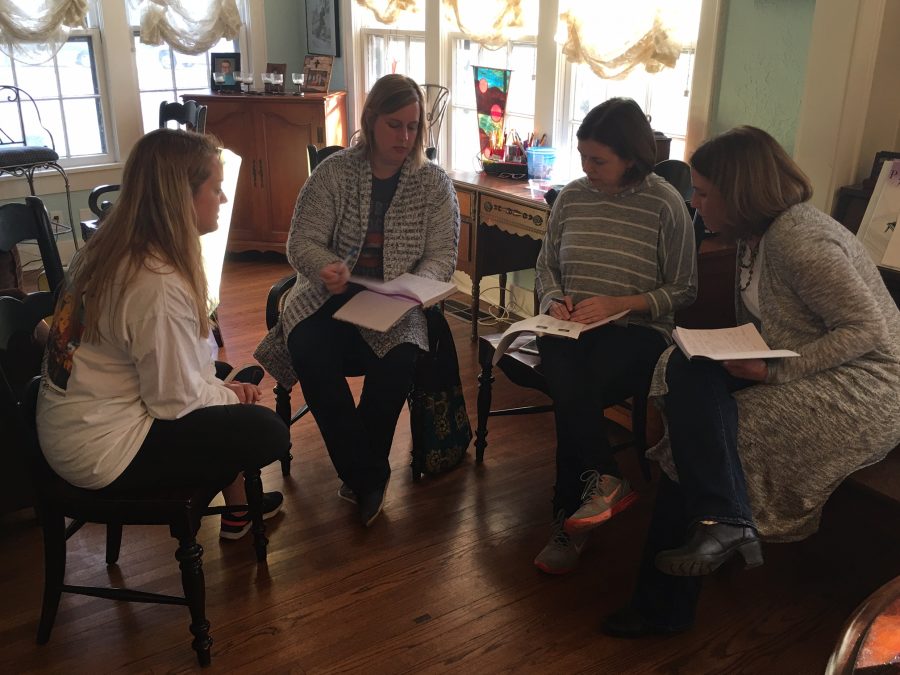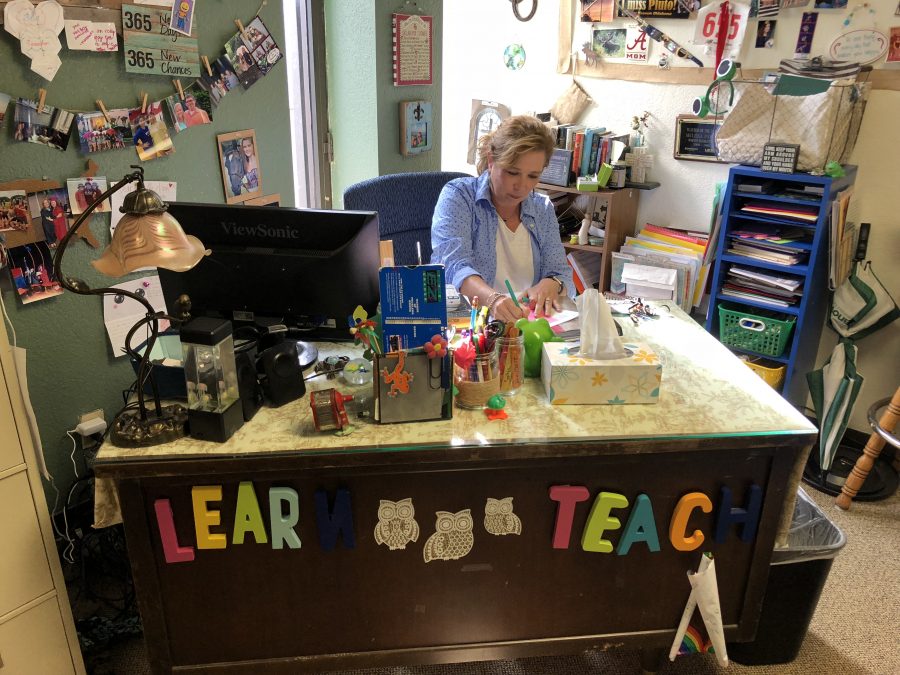Every year, “Oklahoma Arts Day” is held at the Oklahoma State Capitol on a day designated by Oklahomans for the Arts (OFTA). This year, it just so happened to be during the Oklahoma teacher walkout.
The typical art day model for OFTA was “not practical.” The OFTA partnered with Oklahoma A+ Schools, Oklahoma Art Education Association (OAEA) and the Oklahoma Alliance for Arts Education (OAAE), amongst other organizations, to set up tents outside of the Capitol on April 11, with activities to support art education on art day.
“Our community arts groups really invest in schools and in providing programs they might not get in other ways in schools,” said Julia Kirt, OFTA executive director. “We’re excited to highlight arts teachers and talk about how it impacts students.”
There were live performances by bands and singers, and teachers spoke about the importance of their craft. Factory Obscura hosted an interactive arts project and visual arts teachers from various districts hosted printmaking activities.

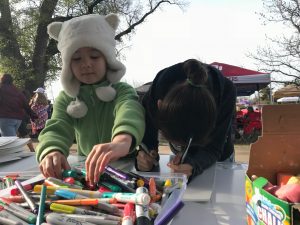
On art day, OFTA usually highlights how the arts help Oklahoma every year economically and in bringing together communities. Kirt said this year OFTA wanted to advocate for arts education funding within the bigger picture of the walkout.
“When your funds are being cut, the arts are the first to go, and we need to not make that normal,” said Michelle Barnes, OAEA president-elect and an elementary art teacher in Oklahoma City.
Education funding for the arts was cut significantly this year, with 300 fewer arts classes and 815 fewer music classes in elementary schools. Rather than using art day to highlight the value art brings to the state, these organizations helped shed light on another layer of the education system that suffers when general education funding is cut. Many schools cut the budget for their art programs first, while others cannot afford arts programs whatsoever.
It has also become challenging for schools to find certified art teachers with a background in education, Barnes said. OAEA offers professional development opportunities for teachers and for those looking to complete hours under Oklahoma’s Alternative Placement Program for Teacher Certification and emergency teachers. Emergency certifications allow schools to hire someone with no teaching experience and place them in a classroom as a teacher while they complete the certification program.

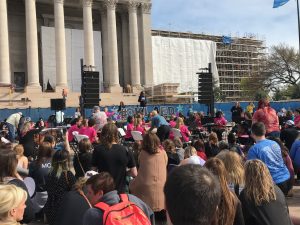
Eric Lyons was one of the teachers who spoke during the hour and has taught art and photography at Deer Creek High School for the past five years, having previously taught at Putnam City Schools for 7 years. He believes art is vital to students’ development at any age.
“I really feel that we do save lives,” he said. “We teach creativity. If you’re in elementary school, you teach motor skills, problem solving, perseverance, and that it’s OK to make mistakes.”
He also reached out to former students after a parent told Lyons he was “ditching the kids to do this.” Most of the students did not talk about how they made art, but how his class inspired them to chase their dreams and take a chance on their future.
“It’s emotional to be able to read those,” he said. “Some told me I was the only reason they came to school.”
Lyons feels very strongly about having funding for classrooms. A teacher he knew had to turn away half the students who requested to take art, and he has not been able to teach some art forms due to lack of supplies. He said he has had 36 students from his art classes go into art school, and that they tell him about things they never learned in his class.

“I’m not ashamed to go jump in the trashcan and find stuff for my kids,” Lyons said. “I will make sure they have the opportunity.”
Susan Gabbard spent 30 years teaching art in Oklahoma and Texas, and received the National Art Educator of the Year award in 2017 from the National Art Education Association. She worked in Norman and Oklahoma City schools as a teacher, and was the director of visual and performing arts of Oklahoma City Public Schools. She was out supporting the teachers “modeling” for their students what it means to participate in a democracy, and encouraged them to continue “as long as it takes” to receive the requested funding.
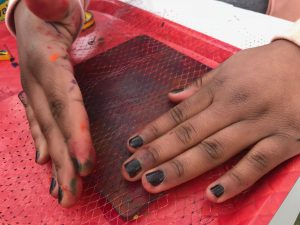
“Those kids in our classrooms – it’s like a sanctuary sometimes,” Gabbard said. “The arts, like they said, change lives. The children of this state deserve more. All these things we’re so proud of in Oklahoma … there’s a big disconnect somewhere when you’re not trying to recruit and retain the best teachers. It’s like false pride.”
Overall, arts day focused on the importance of art in education. Arts teachers from across the state came to support the visual and performing arts programs that face funding cuts every budget cycle.
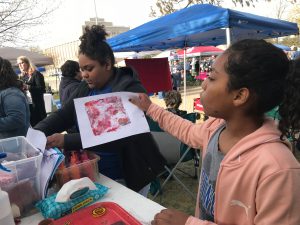
“Across the state, music, visual arts, dance, drama and media make a big difference for kids,” Kirt said. “Really, it’s not a complete education if it doesn’t include the arts; so really, we want to make sure we’re bringing that to the forefront today.”

